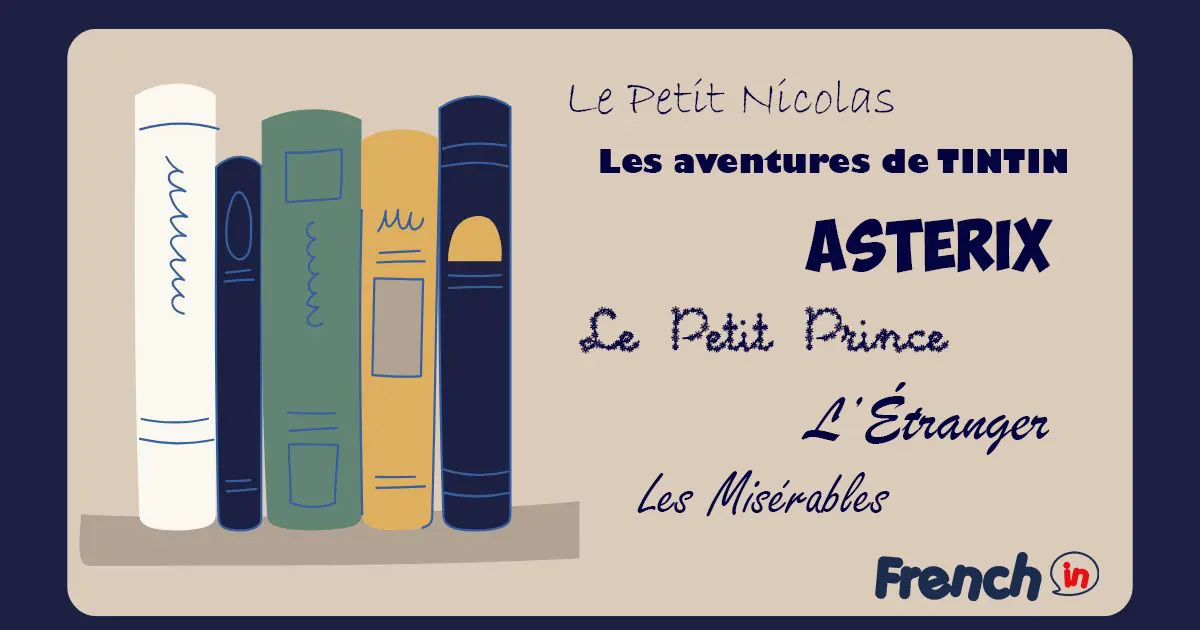Are you tired of the traditional, boring classroom setup, with the teacher lecturing at the front while students silently take notes?
You feel like there’s no time to interact with your teacher or classmates, and you spend too much energy learning things that seem disconnected, without ever fully understanding new concepts?
At French In, we believe there’s a better, more engaging, and more effective way to learn — especially when it comes to mastering a language like French.
Welcome to the flipped classroom model: an innovative, learner-centered teaching method that reverses the conventional approach to education.
What is the flipped classroom approach?
The flipped classroom is a pedagogical method that turns the traditional model upside down. Instead of learning new material in class and practicing at home, students explore lessons on their own, through videos, readings, or online modules, before they even walk through the door. This allows class time to be dedicated entirely to active learning: discussions, practical exercises, and peer collaboration.
Rather than being passive recipients of information, students arrive prepared and ready to participate. The teacher, in turn, becomes a guide or coach who helps them refine their understanding, ask better questions, and apply their knowledge in real-life contexts. This approach first gained visibility in the 1990s, particularly through Harvard professor Eric Mazur’s book Peer Instruction: A User’s Manual. For a detailed academic overview, see the Harvard summary “Just‑in‑Time Teaching and Peer Instruction”.
Since then, it has reshaped how educators and learners interact, especially in environments where communication and critical thinking, like language learning, are central. The flipped classroom creates a space where students become true participants in their own learning journey, empowered to take initiative and supported to explore further, while receiving personalized support every step of the way.
Why is flipped teaching effective?
Practice over theory
At French In, we use the flipped classroom because it allows us to free up valuable in-person time for what truly matters: application, practice, and connection. Students absorb the foundational knowledge on their own schedule, then come to class ready to speak, question, and collaborate.
The role of the teacher as a coach
This shift transforms the role of the teacher into an active listener, coach, and language partner, able to give real-time feedback, helping students overcome specific challenges and encouraging exploration. The classroom becomes more dynamic, with deeper engagement and meaningful peer-to-peer exchanges. In this environment, students grow not only in grammar or vocabulary but also in confidence and fluency.
By starting with a solid base, they participate more fully, challenge themselves more often, and take real ownership of their progress.
Research supports this model: a 2000 study in The Journal of Economic Education found that flipped learning gave educators more time to adapt to individual learning styles, resulting in better comprehension and stronger outcomes.
Most importantly, this approach makes learning more human, flexible, and motivating: everything we believe education should be. It’s one of the reasons why we proudly define ourselves as a truly innovative French language school.
How to start active learning?
Here’s how we implement the flipped classroom. Before class, students access curated content: grammar breakdowns, vocabulary videos, cultural notes designed to introduce key concepts clearly and concisely. They go through this content independently, at their own pace, which allows them to pause, reflect, or revisit complex ideas.
This flexibility is key: it allows every learner to engage with the material in a way that suits their own rhythm. They arrive in class already familiar with the topic, often bringing their own questions or insights. This preparation sets the stage for what happens next: real application.
In class, we focus on analyzing, comparing, solving, and creating. Activities include group discussions, problem-solving, role-playing, and debates, all tailored to student goals. Learners aren’t just remembering: they’re using the language actively, developing critical thinking, and gaining fluency through real interaction.
They don’t just learn the language: they begin to live it — the essence of active language learning.
Is the flipped classroom for everyone?
Of course, this model also comes with challenges. It requires motivation and access to technology, and for students with busy schedules, managing time outside class can be tough. That’s why we stay flexible and supportive. Our goal is to adapt to your reality, not the other way around.
By teaching French differently, we create an environment where learning is active, engaging, and truly transformative. It’s all part of our vision to help students learn French differently, through methods that are both effective and empowering.
Final thoughts: learn French actively, learn French differently
At our language school French In, our goal is to create a learning experience that is inspiring, flexible, and truly effective. The flipped classroom is more than a method: it’s a mindset. A mindset where students are empowered, teachers are present and engaged, and learning is both personal and collective.
By teaching French differently, we help our students go further, not only in their language skills but in their confidence, autonomy, and motivation. The flipped classroom doesn’t just change how we teach.
It transforms how students learn.
Want to experience the flipped classroom for yourself?
Explore our French courses or contact us today — and start your journey with a school that puts learners first.




